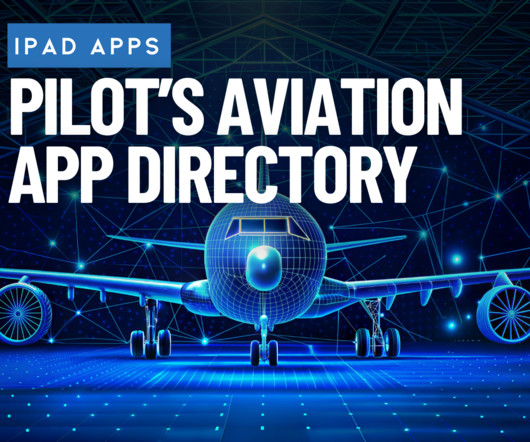Mastering Short Field Landings (A Step-by-Step Guide)
Pilot Institute
MAY 4, 2024
They are also one of the most feared maneuvers during the private pilot checkride. Not only must you fly unnervingly slow, but you also have to pick a spot on the runway and hit it. It’s a runway that is too short for a normal takeoff or landing but still usable with certain precautions. What Makes a Short Field Short ?











Let's personalize your content